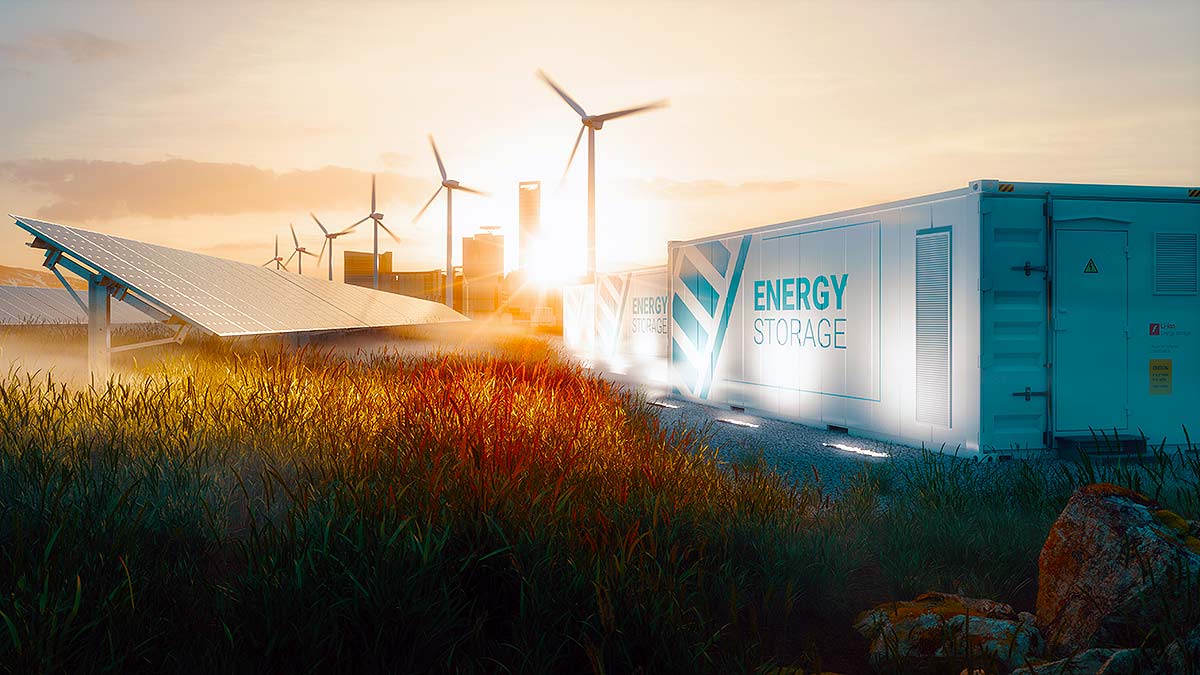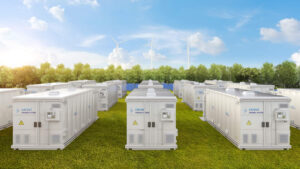Cleantech: Hazer cashed up to build hydrogen plant, VSUN sees ‘significant increase in enquires’ for vanadium batteries

Pic: Getty.
WA-based Hazer Group (SX:HZR) is all cashed up to build its 100-tonne-per-annum, low-emission hydrogen production facility — a major milestone in scaling up the company’s unique technology.
An oversubscribed placement closing early raising about $8.4m which, along with a $6m loan and a ~$9.4m grant from the Australian Renewable Energy Agency (ARENA), will meet the funding requirements for the Commercial Demonstration Project (CDP).
Hazer first announced plans to develop the low-emission hydrogen production facility at the Woodman Point wastewater treatment plant in May last year.
Hazer wants to use Woodman Point’s biogas (waste gas) to produce both hydrogen and graphite.
It’s a win all around. Hazer proves that the technology works, reduces emissions, increases the value of waste-to-resource recovery, and provides a valuable local source of renewable hydrogen as a transport fuel, industrial feedstock or source of renewable energy.
The most recent placement was done at an issue price of 42c per share, a discount of 26.3 per cent to the last traded price of 57c.
The company still has to jump through some hoops though to receive the ARENA funding, which was announced in March.
It remains contingent on Hazer satisfying certain conditions, including completion of a binding biogas supply agreement and hydrogen offtake agreements.
In December, Hazer signed a non-binding term sheet with BOC for the hydrogen offtake from the proposed CDP but a binding offtake has yet to be executed.
The company is confident that it will be able to meet ARENA’s conditions “in the timeframe required to achieve proposed scheduled drawdowns under the funding agreement”.
Hazer anticipates being in a position to make a final investment decision for the project by mid-2020.
Australian Vanadium (ASX:AVL) subsidiary VSUN Energy has been included in a group of companies working with the Queensland Farmers’ Federation (QFF), which has been awarded $654,807 to assess the advantages of battery ‘microgrids’.
VSUN will provide energy analysis and modelling for vanadium redox flow batteries (VRFBs) as a potential battery storage solution on four virtual microgrids.
In 2020, VSUN has seen a “significant increase in enquiries and interest for microgrids and stand-alone power systems (SPS) in agricultural settings and in the mining sector”, AVL managing director Vincent Algar says.
“VSUN Energy’s focus on building strong relationships with major VRFB manufacturers over the last few years has enabled the company’s ability to provide robust and detailed modelling of various microgrid and SPS opportunities,” he says.
READ: AVL subsidiary VSUN just sold its second vanadium battery in two months
Related Topics

UNLOCK INSIGHTS
Discover the untold stories of emerging ASX stocks.
Daily news and expert analysis, it's free to subscribe.
By proceeding, you confirm you understand that we handle personal information in accordance with our Privacy Policy.








